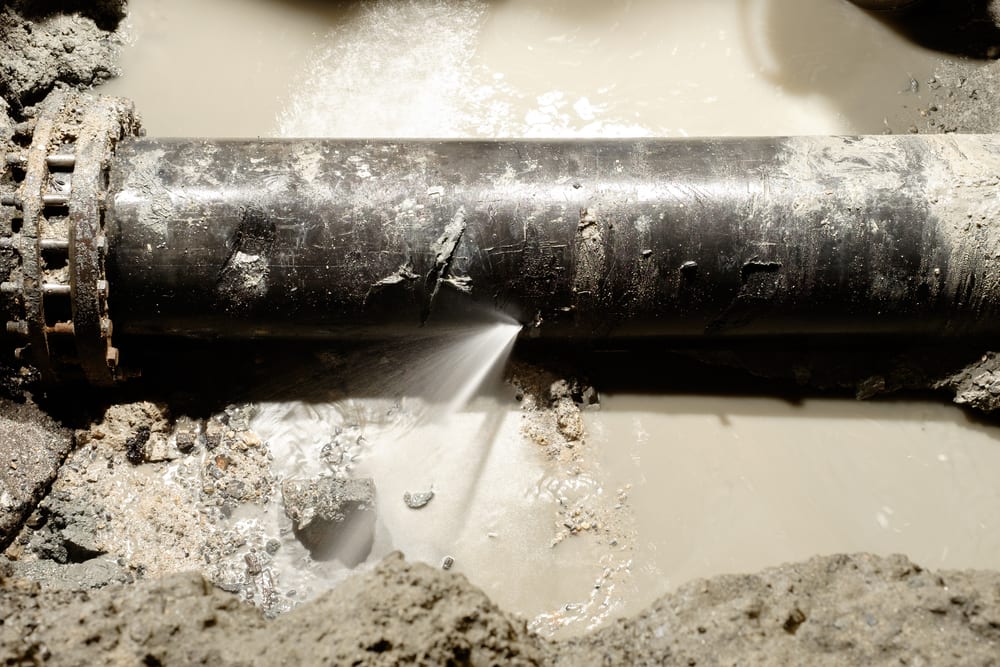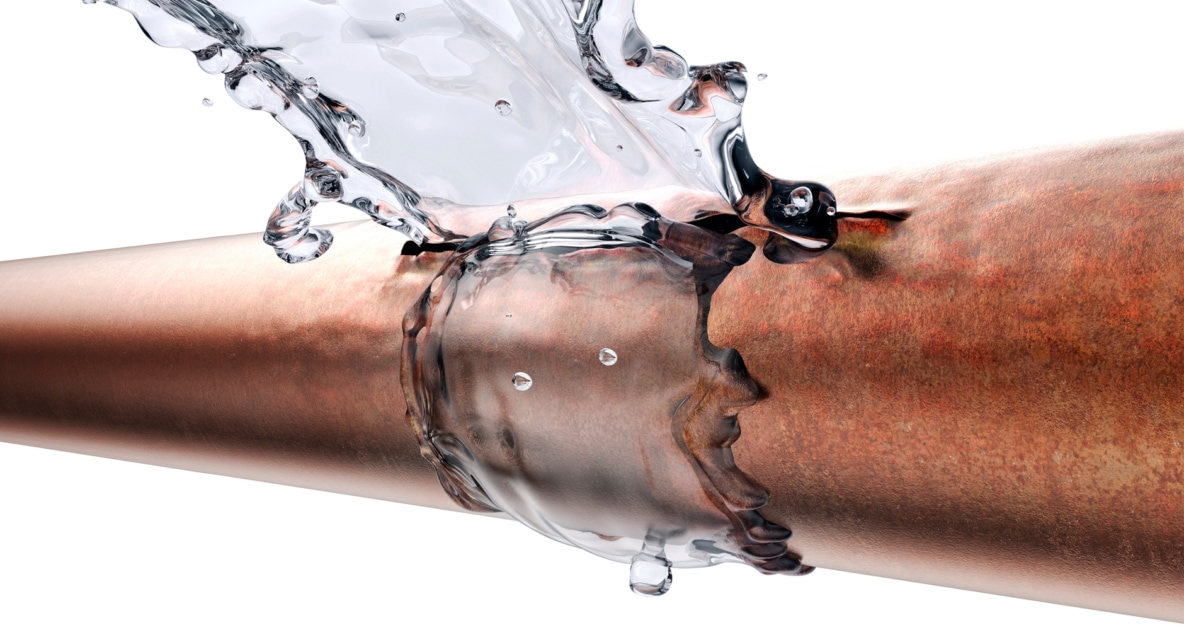Handling Water Leaks - A Complete Guide to Damage Control
Handling Water Leaks - A Complete Guide to Damage Control
Blog Article
What're your thoughts about The Do s And Don ts After Water Damage?

What should you do if a water pipe bursts in your residence, developing a mini-waterfall as well as swamping an area of your house? In this scenario, you should act quick. The longer you wait, the much more extreme the water damage in your building. When an emergency like this happens, presence of mind is essential. For these factors, you need to discover what to in case of a ruptured pipes. Have a look at the complying with ideas below to assist you act quick since time is essential.
Shut down the Key Waterline Valve
Look for the regional shut-off shutoff to turn-off water in one particular location only. This will reduce off the water in your whole home. Generally, the primary shutoff is located outside the house following to the water meter.
Call Water Damages Restoration Pros for Assistance
After closing the water source, call the pros for aid. This is not something you can readily do it yourself since they require to take care of the pipelines and also resolve the problems to your home. Look for assistance from a credible business offering 24/7 emergency solutions. With their expert assistance, you can minimize worsening since water can seep via your points leading to warped walls, loosened tiles, or damages framework. Don't take this trouble lightly and look for profession advice for total assurance.
Document the Damages For Insurance
As you are waiting for the pros to arrive, document the damages created by the wayward pipeline. Staying proactive with this allows you to submit a claim for insurance coverage, which will aid you as well as your family get back on your feet.
Recover Things That Can Be Saved
As soon as you're done taking pictures, browse the things and secure one of the most important ones from the stack. Dry them off and also try to preserve as high as you can. Drag them away from dampness so they can begin to dry.
Begin the Drying Process
Ultimately, while waiting on the pros, you can begin the drying procedure. The good news is, water from your waterlines are clean so you do not need to bother with sewage system water. However, the moving water might have disturbed the dust as well as particles in your floorboards and carpets. So be prepared with handwear covers as you make use of pails to unload out the water. Blot out as much as you can with old towels. You can additionally switch on an electric follower or open windows to advertise air flow. This will accelerate drying out as well as deter mold as well as mildew growth.
Specialists are the only ones qualified to take care of the burs pipelines as well as succeeding damages. You will typically see red flags like bubbling paint, strange noises in the plumbing, moldy smell, caving ceiling, peeling off wallpaper, or water spots.
What should you do if a water pipe ruptureds in your home, producing a mini-waterfall and also flooding a location of your residence? For these reasons, you need to learn what to in situation of a burst water pipe. After closing the water resource, call the pros for aid. With their professional aid, you can alleviate worsening because water can leak via your things resulting in warped walls, loose tiles, or damage structure. Luckily, water from your waterlines are tidy so you don't have to worry regarding drain water.
BROKEN WATER PIPES: COST TO REPLACE & WAYS TO FIX A PIPE
CAUSES OF A BROKEN WATER PIPE
A water pipe can break for several reasons depending on the environment you live in, type of pipe, and circumstances.
The most common cause of broken pipes is freezing. If you live in a colder climate, this could happen. When water freezes it increases in volume by 9% and the pressure in the pipes can go from 40 psi to 40,000 psi. Clearly, this could be detrimental to the pipes. Water freezing causes quick expansion, which puts stress on the pipes and could lead them to crack or weaken. When water thaws, it will leak out the cracks. Other changes in water pressure can also cause breakage. Another common cause of broken water pipes is age.
Depending on the material, water pipes can last anywhere from 70-100 years. But the older they get, the more susceptible they are to weakening and corroding. Older pipes coming into contact with another material could speed up the corrosion process as well. PVC pipes can become brittle with age, while copper is prone to corrosion and stress over time. Something that could also potentially break water pipes is when they move. They may move from construction or the house settling. Moving can stress the fixed pipe which may lead to a leak or burst pipe.
HOW MUCH WATER COULD LEAK INTO YOUR HOUSE FROM A BROKEN PIPE?
The amount of water that leaks depend on how big the break in a pipe is. If it is just a minor crack, water will slowly leak out. This isn t as serious as a full broken pipe, but it can still cause significant damage to your home. Burst pipes can leak up to 10 gallons of water per minute. The amount of water leaked also depends on what appliance is involved. The water line to your refrigerator can leak to 1 gallon per minute depending on water pressure. One toilet supply line may leak 2-3 gallons a minute and a washing machine hose will leak up to 10-12 gallons per minute.
TURN THE WATER OFF
Doing this first is imperative; everything else can wait. You need to deactivate the water supply to stop the flow of water and prevent more water from leaking into your home. Shutting off the water could potentially save you thousands in water damage repairs. Locating the water shutoff valve depends on the climate you live in. For colder climates, the valves are usually inside, such as in the basement. For houses in milder weather, the shutoff valves will probably be outside either attached to an exterior wall or in an underground box with a removable lid.
OPEN A FAUCET
The next thing to do is to open a faucet or turn on a sink. This will relieve any remaining water pressure in the pipes and ensure a full-shut down.
GET RID OF THE WATER
The quicker you get rid of the water, the less water damage and mold there could be. Use a mop and a shop vacuum to help get clean up the water. Use towels to dry everything the best you can.
CUT AND REMOVE THE DAMAGED PIPE
Once you have shut off the water and drained the damaged water pipe, you can begin to fix the issue. Cut out the damaged section of the pipe with a pipe cutter, ensuring that you also cut one inch extra on each side of the damage. Once you get rid of the broken part of the pipe, you may begin repairs.
https://www.wmhendersoninc.com/blog/broken-water-pipes-cost-to-replace-ways-to-fix-a-pipe/

As an avid reader on What To Do And What Not To Do When Dealing With Water Damage, I imagined sharing that piece of content was important. Remember to take a moment to promote this blog posting if you liked it. We appreciate reading our article about Water Damage: Tips On What To Do When Your House Is Flooded.
For quick fixes, call! Report this page